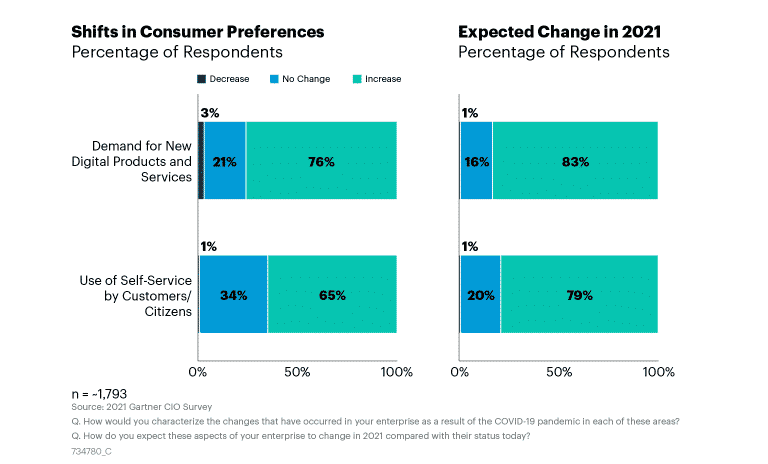These recommendations require a focus on breaking down functional silos and encouraging cross-functional collaboration on how products and services are designed and delivered. End-to-end automation based on agile, flexible and modular platforms that embrace data ubiquity provide the foundation for future innovation and for a seamless digital customer experience.
There are two major challenges in addressing shifts in customers preferences:
-
- The first is the user experience challenge of ensuring a seamless customer journey with reliable, up-to-date information on which products, services and options are available, at what price and when they can be delivered.
- The second is the technical challenge of extracting the relevant information from functionally-focused systems, identifying discrepancies, validating options and then ensuring that this information is provided in a uniform manner to both customers and internal employees across functional boundaries.
The fact of the matter is that organizations are not organized to provide a seamless end-to-end customer journey. Companies are functionally organized with a focus on specific competencies and skills. Product engineering focuses on designing new products, procurement focuses on sourcing the required materials, manufacturing focuses on production, sales on orders etc. Each of these functional silos have chosen digital solutions that enable them to be more effective in their functions, but without consideration for the end-to-end customer journey.
What this means is multiple digital solutions and tools in each function with duplication of data that might or might not be synchronized, but usually reflects the priorities of the function rather than the business as a whole. For example, PLM systems provide a wealth of data and insight into product designs including thousands of potential product components and options. Manufacturing can import this information into their MES and ERP systems, but will also need additional information that supports manufacturing options. Sales can import production options and delivery options from all of the above systems into CRM systems, but will also need additional options concerning pricing and business terms that are only relevant to sales.
Ensuring that the data in each of these systems is synchronized, up-to-date and reliable is a major challenge. Replacing all of the functional systems with one cross-functional monolithic solution is not realistic.
So, what is the alternative?



